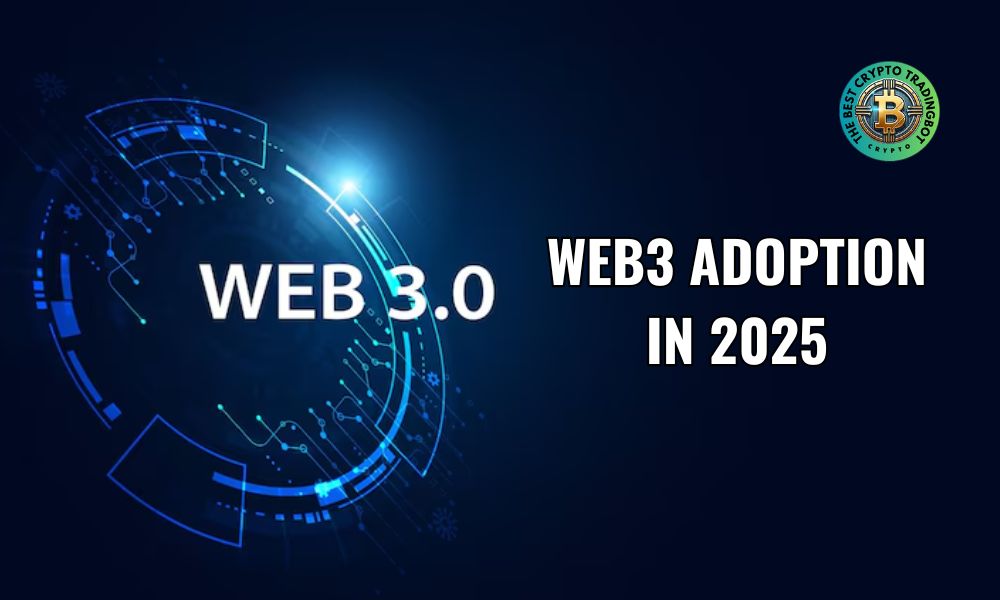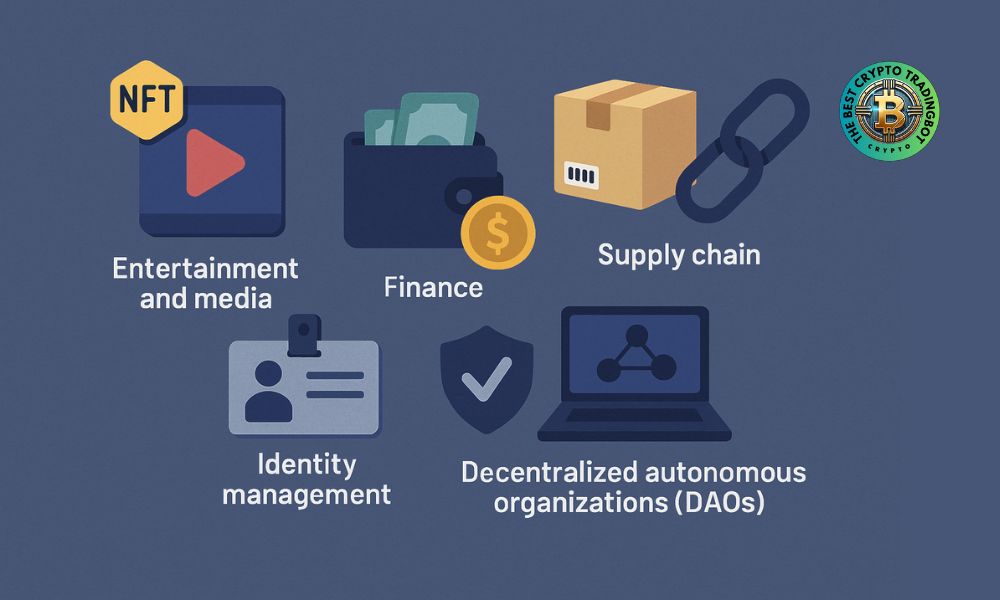Web3 adoption in 2025 is predicted to be a significant milestone, marking a powerful transformation of the internet. The concept of a decentralized web, where users own their data and digital assets, is gradually becoming a reality. This article will explore the drivers, challenges, and opportunities surrounding the crucial phase of web3 adoption in 2025 and beyond.

Contents
What is Web3 and why is it important?
To fully grasp predictions for Web3 adoption in 2025, understanding Web3’s essence is key. It’s the ‘read-write-own’ internet, distinct from the ‘read-only’ Web1 and ‘read-write, centralized’ Web2, fundamentally built on blockchain technology. This foundation offers standout features.
Among these are decentralization, where data isn’t held by tech giants but distributed peer-to-peer, and transparency with immutability, meaning all blockchain-recorded transactions and data are unalterable and publicly verifiable. These characteristics are fundamental to its operation.
Furthermore, Web3 champions genuine user ownership of personal data and digital assets (like NFTs) and operates on a permissionless basis, allowing anyone to build and use applications without central approval. Ultimately, Web3 aims to empower users, creating a fairer, more democratic internet.
Current state of Web3 adoption
We are currently in the nascent stages of Web3’s rollout. Promising sectors such as decentralized finance (DeFi), immersive blockchain gaming (GameFi), and unique non-fungible tokens (NFTs) are already making waves, drawing in a considerable base of pioneering users and keen investors who see their potential.
Despite this early traction, broader acceptance, which is critical for significant Web3 adoption in 2025, faces persistent technical complexities. User experience often remains challenging for newcomers, and a general lack of public understanding still limits its mainstream appeal for now, presenting key areas for development.
Factors driving Web3 adoption in 2025
The year 2025 is expected to be a pivotal year for Web3 adoption, thanks to the convergence of several factors:
Technological improvements:
- Scalability: Layer 2 solutions and new-generation blockchains are addressing issues of slow transaction speeds and high fees, making Web3 more practical for everyday applications.
- User experience (UX): Developers are striving to simplify interfaces and interaction processes with Web3 applications, making them more accessible to mainstream users. Wallets and identity management tools will become more user-friendly.
Maturation of applications:
- GameFi and Metaverse: Blockchain games will evolve beyond “play-to-earn” to offer deeper entertainment experiences. The Metaverse will begin to take a clearer shape with practical applications in work, entertainment, and social interaction.
- DeFi 2.0: DeFi products will become safer, more user-friendly, and potentially integrate with traditional finance, opening doors for larger capital inflows.
- Decentralized social media (DeSo): The demand for privacy and content control will drive the growth of Web3 social platforms, where users own their data and are rewarded for their contributions.
Awareness and education: There is a growing number of resources, courses, and communities focused on Web3, helping to enhance awareness and knowledge among the general public. This is crucial for Web3 adoption in 2025.
Involvement of large corporations: Many traditional Web2 companies and major brands are starting to explore and integrate Web3 into their business models, from issuing NFTs to building Metaverse experiences. This participation will create a strong ripple effect.
Clearer legal frameworks (hopefully): As governments gradually understand Web3 better, the enactment of appropriate regulations and legal frameworks will create a stable environment, encouraging innovation and protecting users, thereby boosting adoption.
Potential areas for Web3 adoption in 2025
- Entertainment and media: NFTs for art, music, films; decentralized streaming platforms.
- Finance: Cross-border payments, peer-to-peer lending, decentralized insurance.
- Supply chain: Product traceability, enhanced transparency.
- Identity management: Self-sovereign identity solutions, giving users full control over their personal information.
- Decentralized autonomous organizations (DAOs): New governance models for communities and businesses.

Challenges for Web3 adoption in 2025
Despite its immense potential, Web3 adoption in 2025 still faces considerable challenges:
- Technical complexity: Even with improved UX, understanding and safely using Web3 tools remains a barrier.
- Security risks: Scams and cyber-attacks are still persistent threats in the Web3 space.
- Market volatility: The price volatility of cryptocurrencies can affect trust and the stability of Web3 applications.
- Regulatory issues: Legal uncertainty in many countries can slow down the adoption process.
- Environmental impact: Although many blockchains are transitioning to more energy-efficient consensus mechanisms (like Proof-of-Stake), concerns about energy consumption persist.
In essence, Web3 adoption in 2025 signifies a major leap towards a decentralized internet. Despite challenges, its promise is vast. Follow The Best Crypto TradingBot for crucial insights and updates on this transformative journey, ensuring you stay ahead in the evolving Web3 landscape and seize upcoming opportunities.
